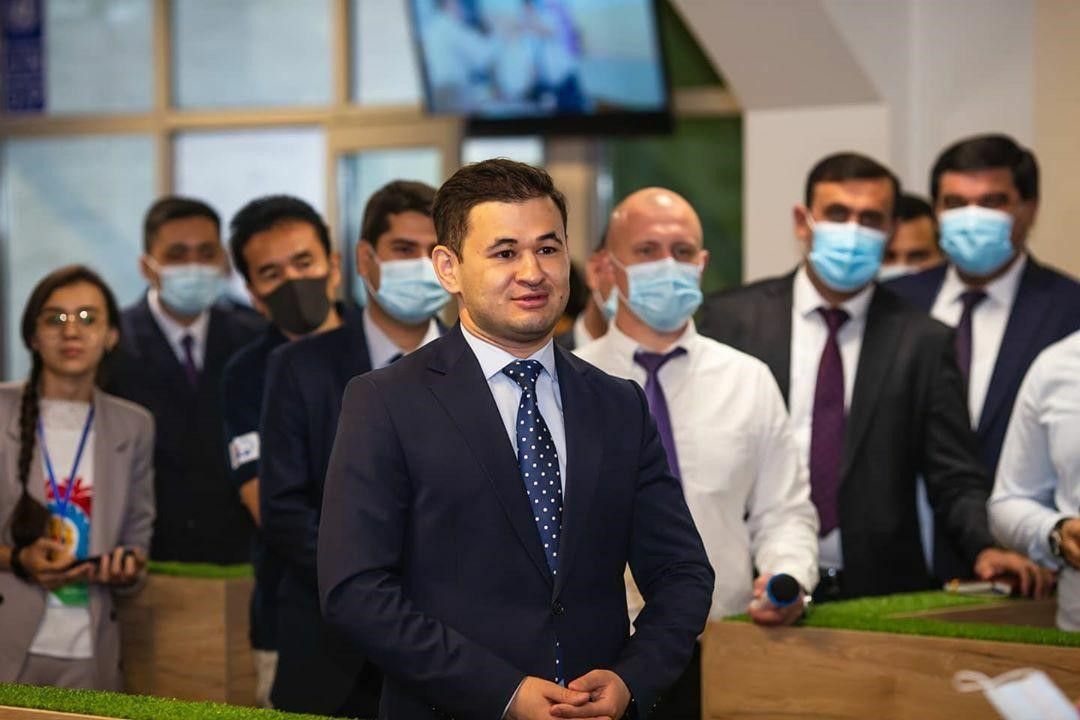Tajikistan's new power structures
Heads appointed for three new administrative structures key to the development of the country considered the most backward in the Central Asian region. Including Tajikistan's permanent representation to UNESCO, which is to put forward on the international arena "the ancient culture of the Tajik people."
Dusanbe (AsiaNews) - On 16 January the president of Tajikistan, Emomali Rakhmon, finally appointed the leaders of three new administrative structures, which had been activated for some years, and are now ready to operate. An Asia-Plus report attempted to show the tasks entrusted to these offices which must represent the future development of the country considered the most backward in the Central Asian region.
To shake off this negative image, the Agency for Innovation and Digital Technologies was opened, announced by Rakhmon himself in his message to the Dušanbe parliament as early as 2021 with the aim of "strengthening the institutional foundations of the digital economy , information and communication infrastructures throughout the territory, starting the process of electronic government". The limits of the state budget had so far held back the realization of this project, as explained by MP Saiddžaffar Usmonzoda, president of the Democratic Party of Tajikistan.
Now the Agency has been entrusted to Khuršed Mirzo Fajzullozoda (in the photo), 40 years old, former vice-president of the State Committee for Investment and Administration of State Properties. Little known to the public, he is nevertheless considered one of the key figures in the team of the president's son, Rustam Emomali, mayor of Dušanbe and president of Madžlis Milli (the Tajik Senate).
Since 2013 he has also been vice-president of the National Football Federation, led by Rustam himself, and it was thought that due to his closeness to the "heir to the throne" he would have been installed in some top-level government position, but so far this has not it had happened.
Another new structure is the Committee for Initial and Middle Vocational Education in the Government of Tajikistan, which will have to monitor the activities of educational, technical and vocational institutions to modernize this entire sector. It seemed that this function should be separated from the ministry of public education, creating another dedicated ministry, but it was preferred to remain under government supervision, while still creating a very large team of staff and operational autonomy.
It will be led by Farkhod Rakhimi, 56 years old, already president of the Tajikistan Academy of Sciences for a decade, a physicist and mathematician well known in scientific and political circles, having also held the role of deputy minister of education. President Rakhmon had repeatedly expressed his dissatisfaction with the low level of technical education of Tajik youth.
The third institution inaugurated is the Permanent Representation of Tajikistan to UNESCO for issues of education, science and culture, which will have to propose "the ancient culture of the Tajik people" on the international arena, as the president explained last December in parliament, announcing that last year 15 memorials of Tajik history and culture were included in the UNESCO Register of tangible and intangible cultural heritage.
The representation will be associated with a special Agency for the custody of the historical and cultural heritage, which will have to develop projects for the reconstruction, restoration, maintenance and protection of monuments and memorial places, as well as linking them to tourism initiatives.
The well-known Tajik culturologist Dilšod Rakhimi, 50 years old, until now head of the Scientific Research Institute at the Ministry of Culture, who with his efforts has obtained the recognition exhibited by President Rakhmon, and above all that attributed to the celebration of Sada, where the arts of weaving and compositions of fabrics and gold are celebrated, the pride of Tajik traditions and folklore.
Author of numerous texts and collections, in 2007 he became known for having translated the collection of Gurguli epic tales into Persian, published in the USA and spread throughout the world. Tajikistan is therefore trying to remake its image and catch up with technological progress, while maintaining its ancient face as a "mediator" people between the Turanian and Persian cultures.
24/08/2023 10:12
28/01/2022 09:36
22/11/2021 13:53







.png)










